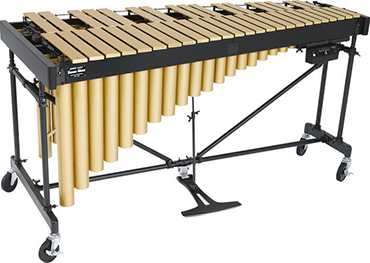How to teach an adult to play the piano?
It doesn’t matter for what reason an adult suddenly wants to learn to play the piano, everyone has their own motivation. The main thing is that the decision is thoughtful and personal. This is really a big plus, because in childhood many are forced to study music “under the thumb” of their parents, which does not contribute to successful learning.
Another advantage of an adult in the accumulated knowledge and intelligence is that it is much easier for him to understand the abstraction of recording music. This replaces “big” students with a child’s flexibility of thinking and ability to “absorb” information.
But there is one significant drawback: you can immediately say goodbye to the dream of masterly mastery of an instrument – an adult will never be able to “catch up” with someone who has been learning since childhood. This concerns not only finger fluency, but also the technical apparatus in general. In music, as in big sports, mastery is acquired through many years of training.
What is needed for training?
Teaching adults to play the piano has its own subtleties. A teacher who has previously successfully taught only children will inevitably face the problem of what and how to teach, and what will be required for this.
In principle, any textbook for beginners is suitable – from the legendary “School of Piano Playing” of Nikolaev (how many generations have learned!) to the “Anthology for 1st grade”. A music notebook and a pencil will come in handy; for many adults, memorization is much more productive through writing. And, of course, the instrument itself.
If it is highly desirable for children to learn on the good old piano (the ultimate dream is a grand piano), then for an adult an electronic piano or even a synthesizer is quite suitable. After all, a long-formed hand is unlikely to need the subtlety of nuances of touch, at least at first.
First classes
So, the preparation is over. How exactly to teach an adult the piano? At the first lesson, you should give out all the basic information regarding pitch organization of notes and their records. To do this, a double stave with treble and bass clefs is drawn in the music book. Between them is the note “C” of the 1st octave, our “stove” from which we will dance. Then it’s a matter of technique to explain how all the other notes diverge in different directions from this “C”, both in the recording and on the instrument.
This would not be extremely difficult for a normal adult brain to learn in one sitting. Another question is that it will take more than one month to strengthen the reading of notes to the point of automaticity, until a clear “saw – played” chain is built in your head when you see a musical notation. The intermediate links of this chain (calculated which note, found it on the instrument, etc.) should eventually die out like atavisms.
The second lesson can be devoted rhythmic organization of music. Again, a person who has studied mathematics for more than one year of his life (at least at school) should not have problems with the concepts of duration, size, and meter. But to understand is one thing, and to reproduce rhythmically is another. Difficulties may arise here, because the sense of rhythm is either given or not. It is much more difficult to develop it than an ear for music, especially in adulthood.
Thus, in the first two lessons, an adult student can and should be “dumped” with all the most basic, basic information. Let him digest it.
Hands-on training
If a person does not have a great desire to learn to play the piano, but would simply like to “show off” somewhere by performing some hit song, he can be taught to play a specific piece “by hand.” Depending on perseverance, the level of complexity of the work can be very different – from the “dog waltz” to Beethoven’s “Moonlight Sonata”. But, of course, this is not full-fledged teaching adults to play the piano, but a semblance of training (as in the famous film: “of course, you can teach a hare to smoke…”)



